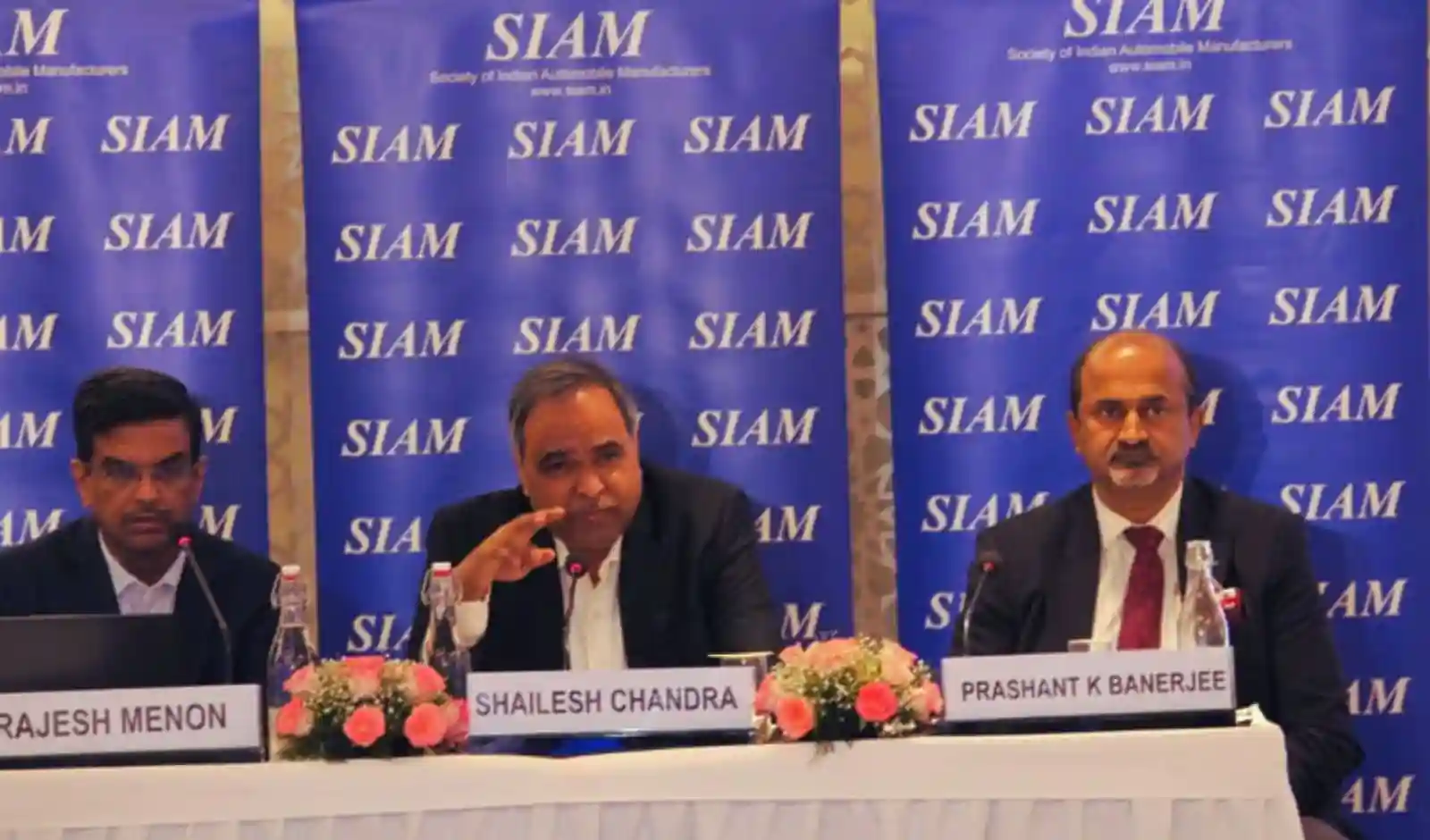
India’s electric vehicle (EV) market is gearing up for its strongest festive season ever. According to the Society of Indian Automobile Manufacturers (SIAM) President Shailesh Chandra, while monthly EV sales may appear slower compared to petrol and diesel vehicles due to pent-up demand in the latter, the overall momentum in the EV segment remains very strong. Multiple new launches and increasing industry participation are propelling the segment forward.
Shailesh Chandra said this festive season could be the biggest ever for electric passenger vehicles in terms of sales. Before September 22, small petrol and diesel cars were taxed at around 30%, while larger cars and SUVs were taxed between 43–55%. EVs, however, were taxed at just 5%, giving them a 25–50% advantage.
After the recent GST cut, small internal combustion engine (ICE) vehicles are now taxed at 18%, and larger ones at 30–35%. Despite this, EVs still enjoy a 13–25% tax edge, keeping them an attractive and future-ready option for buyers.
Union Minister Nitin Gadkari recently stated that within the next four to six months, the cost of electric vehicles will be at par with petrol vehicles.
At present, almost every major automaker has an electric model in its lineup. Tata Motors leads the EV segment, followed by MG Motor and Mahindra & Mahindra. Maruti Suzuki is also preparing to export its first electric SUV, the eVitara, to 100 countries, marking its entry into the global EV market.
To boost consumer confidence, the government is working closely with automakers. Under the ₹10,900-crore PM E-DRIVE scheme, ₹2,000 crore has been allocated to set up around 72,300 public EV charging stations across India.
According to SIAM data, during the July–September quarter of FY2025-26, passenger vehicle sales stood at 1.04 million units, down 1.5% year-on-year. Two-wheeler sales rose 7.4% to 5.56 million units, while three-wheeler sales hit a record 229,000 units. Commercial vehicles also grew 8.3%, reflecting steady market demand.
Chandra noted that the auto industry is expected to close FY2025-26 on a positive note, supported by a good monsoon, strong macroeconomic fundamentals, and sustained consumer confidence.
The SUV segment, which expanded from 29% share five to six years ago to 56% now, is showing signs of stabilization. Hatchbacks and sedans, on the other hand, have declined to around 30% share, with hatchbacks dropping from 46% to 22%.
“The SUV launch cycle is largely complete, and the market is now stabilizing,” Chandra said. He further added, “Around 70% of customers were waiting for price reductions, and that demand is now being released. Typically, festive months bring 35–40% higher sales than normal months. The GST-driven price cuts have made vehicles more affordable, and new buyers are now entering the market.”
In summary, with new EV launches, GST benefits, and growing consumer confidence, India’s electric vehicle sector is heading toward its strongest and most promising festive season yet.

